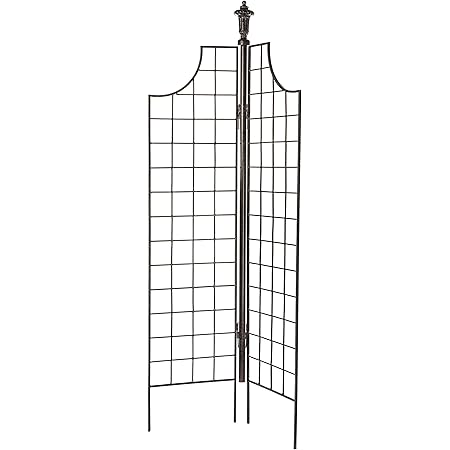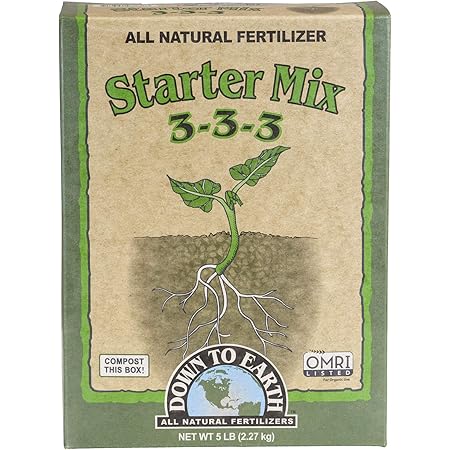Clematis plants are beloved for their stunning flowers and ability to add vertical interest to gardens. However, they can be somewhat finicky when it comes to fertilization. Proper care and attention can lead to lush blooms and healthy growth, while common mistakes can hinder their development. This article explores the pitfalls to avoid when fertilizing clematis plants, ensuring that your garden remains vibrant and healthy.
Understanding Clematis Nutritional Needs

Before diving into the common mistakes, it’s essential to understand what clematis plants need to thrive. Clematis typically prefers a balanced diet of nutrients, including nitrogen (N), phosphorus (P), and potassium (K). Each of these elements plays a crucial role:
- Nitrogen (N): Supports leafy growth.
- Phosphorus (P): Encourages root development and flowering.
- Potassium (K): Aids in overall plant health and disease resistance.
Understanding these needs helps gardeners avoid common fertilization errors that can compromise the health of their clematis plants.
Common Mistakes to Avoid When Fertilizing Clematis
1. Over-fertilization
One of the most prevalent mistakes gardeners make is applying too much fertilizer. Over-fertilization can lead to a range of issues, including:
- Burnt roots, which can inhibit growth
- Excessive foliage growth at the expense of blooms
- Increased susceptibility to pests and diseases
To avoid this mistake, always adhere to the recommended dosage specified on the fertilizer package. A general guideline is to fertilize clematis plants in early spring and again after flowering, using a balanced fertilizer at half-strength.
2. Ignoring Soil Quality
Fertilization is only part of the equation; soil quality is equally important. Clematis thrive in well-draining, fertile soil. Neglecting soil conditions can render even the best fertilizers ineffective. Key soil characteristics to consider include:
- pH Level: Clematis prefer slightly acidic to neutral pH (6.0 to 7.0).
- Drainage: Poorly draining soil can lead to root rot, regardless of fertilization.
- Organic Matter: Rich organic matter improves nutrient retention and soil structure.
Conduct a soil test before planting or fertilizing clematis to ensure optimal conditions.
3. Fertilizing at the Wrong Time

Timing is crucial when it comes to fertilizing clematis. Fertilizing too early or too late can affect plant growth and flowering. The best times to fertilize are:
- Early Spring: Just as new growth begins, apply a balanced fertilizer to support vigorous growth.
- After Blooming: A light application post-flowering helps nourish the plant for the next growing season.
Fertilizing during dormancy or late in the season can stimulate new growth that won’t survive the winter.
4. Using the Wrong Type of Fertilizer

Not all fertilizers are created equal, and using the wrong type can hinder the health of clematis. Here are some common mistakes related to fertilizer selection:
- High Nitrogen Fertilizers: These can lead to excessive leaf growth with fewer blossoms.
- Granular vs. Liquid: Granular fertilizers may take longer to break down, while liquid fertilizers provide immediate nutrients.
- Organic vs. Synthetic: Both types have their advantages; choose based on your gardening philosophy and the specific needs of your clematis.
Opt for a balanced fertilizer with equal parts N, P, and K, or one specifically formulated for flowering plants.
5. Not Watering After Fertilization
Watering after fertilization is often overlooked but is essential for nutrient absorption. Here’s why:
- Water helps dissolve the fertilizer, allowing nutrients to reach the roots.
- It prevents fertilizer burn by diluting the concentration around the roots.
- Watering ensures that nutrients are available to the plant when it needs them most.
Always water your clematis thoroughly after applying fertilizer, especially during dry spells.
6. Forgetting About Mulching

Mulching is an essential practice that complements fertilization. Here’s how it helps:
- Moisture Retention: Mulch helps retain soil moisture, reducing the need for frequent watering.
- Temperature Regulation: It keeps the soil cool in summer and warm in winter.
- Nutrient Supply: Organic mulch can gradually decompose, adding nutrients back into the soil.
Apply a layer of organic mulch around the base of your clematis plants to enhance soil quality and support healthy growth.
7. Disregarding Specific Clematis Varieties

Different clematis varieties have unique needs and growth patterns. For instance:
- Early Bloomers: These may require different fertilization strategies than late bloomers.
- Vigorous Climbers: Some varieties may benefit from additional nutrients during their rapid growth phases.
- Compact Varieties: They might need less fertilizer due to their smaller size and growth habits.
Researching the specific requirements of your clematis variety will help you tailor your fertilization approach effectively.
Case Studies: Successful Clematis Cultivation

Several gardeners have successfully navigated the challenges of fertilizing clematis by avoiding these common mistakes. For example, a gardener in the Pacific Northwest shared their experience of switching to a balanced, slow-release fertilizer after years of over-fertilization. The result? Healthier plants with more abundant blooms.
Another case involved a community garden that implemented soil testing for all its clematis plants. By adjusting pH levels and adding organic matter, the garden saw a 50% increase in flowering within a single season. These examples highlight the importance of proper fertilization practices and soil management.
Fertilizing clematis plants is both an art and a science. By avoiding common mistakes such as over-fertilization, using the wrong type of fertilizer, and neglecting soil quality, gardeners can ensure their clematis thrive. Remember the importance of timing, proper watering, and mulching, along with the specific needs of different clematis varieties. With careful attention to these factors, your clematis plants can flourish, providing stunning displays of blooms year after year. Happy gardening!